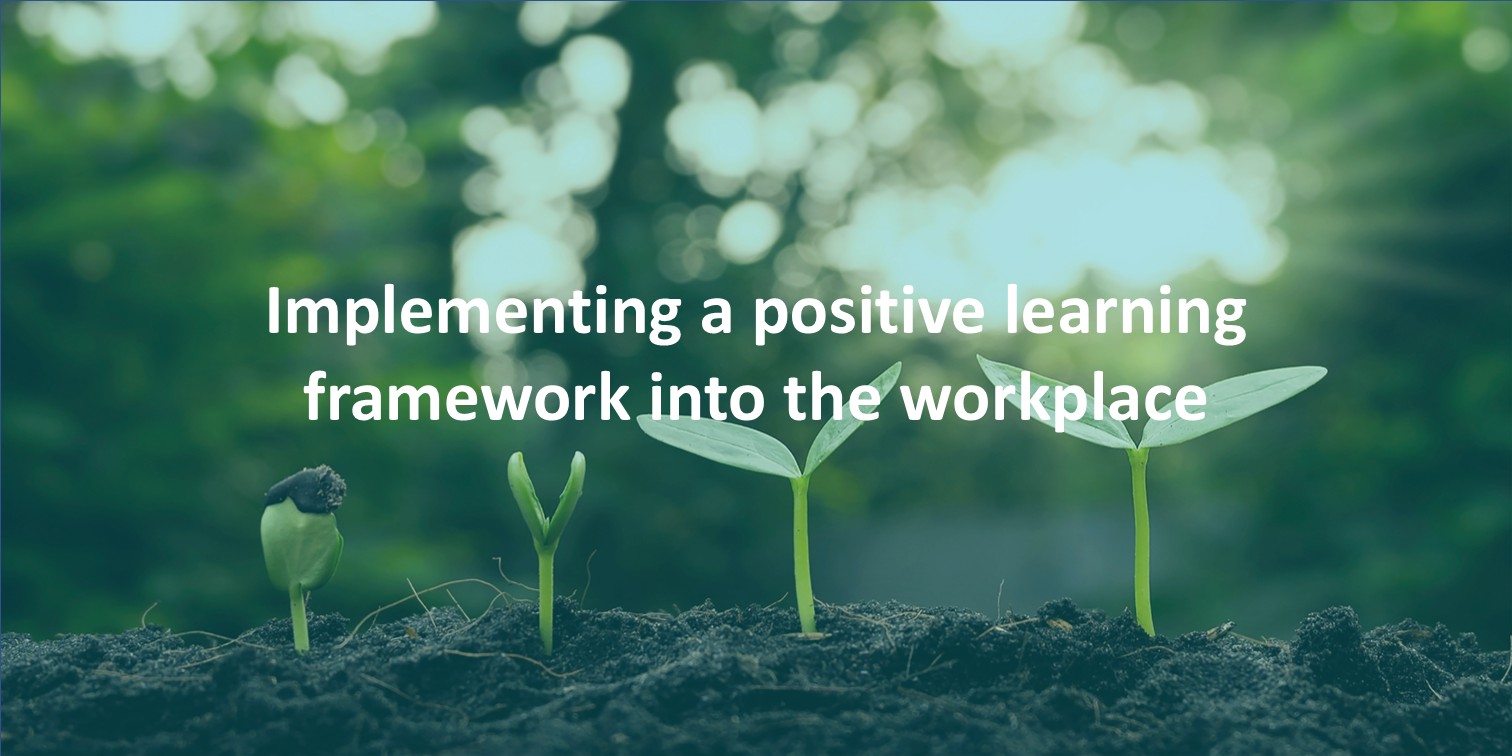Learning and development (L&D) in the workplace is more than just a training initiative, it’s a meaningful way to show employees they’re valued. When implemented effectively, L&D boosts job satisfaction, engagement, and retention by equipping employees with the tools and confidence to grow (National Training, 2025). It empowers them to handle new challenges, leading to stronger performance and faster problem-solving. Beyond the everyday benefits, L&D fosters long-term motivation by supporting internal career progression and helping organisations build resilient, future-ready teams from within.
Creating a positive learning framework is an essential way for an organisation to support L&D in the workplace. This involves fostering a culture where learning is valued and encouraged, where employees have the time, resources, and support to grow, and where learning is recognised as a key part of career progression (O’Donnellan, 2025). A focus on learning encourages collaboration, innovation, and reduces resistance to change. Mentoring and coaching also play a significant role by offering guidance and support.
Organisations are increasingly encouraging employees to participate in self-directed learning and to take the time to find any learning needs that they could improve on. One effective approach is informal learning, which happens naturally on the job without formal oversight (O’Donnellan, 2025). Self-directed learning is most successful when employees are encouraged to learn and are supported with the time and resources to focus on their development needs.
There is no set structure for how a positive learning framework can be implemented into the workplace. However, the learning framework developed by the Tasmanian State Service (TSS) provides a solid foundation for how it can be used effectively and efficiently. The TSS Learning Framework focuses on four core principles to help establish a high-performing learning culture (State Service Management Office, 2021). These principles state that:
- Learning is key to building a high-performing culture
- Learning is about growth and continuous development
- Learning is a shared responsibility
- Learning is enabled through technology to everyone, anywhere, anytime
These principles highlight the importance of collaboration through openness, transparency, and knowledge sharing among team members to build engagement and trust. They recognise that learning takes many forms, both formal and informal, and shouldn’t be limited to a single program or location (State Service Management Office, 2021). To support this, organisations should provide a diverse digital learning toolbox that allows employees to access learning anytime, anywhere. This can include live events such as workshops and seminars, digital experiences like webinars and virtual conferences, formative assessments such as quizzes and surveys, and a range of media including videos, podcasts, blogs, and infographics.
References:
National Training. (2025). The Link Between L&D and Employee Satisfaction. https://nationaltraining.edu.au/learning-and-development-employee-satisfaction/
O’Donnellan, R. (2025). How continuous L&D shapes success for new hires. Intuition. https://www.intuition.com/how-continuous-learning-drives-new-hire-success/#:~:text=Creating%20a%20learning%20culture%20is%20another%20way,as%20an%20essential%20part%20of%20career%20development.
State Service Management Office. (2021). Tasmanian State Service Learning Framework for building a high-performing learning culture. https://www.dpac.tas.gov.au/__data/assets/pdf_file/0032/185972/ENDORSED_BY_HRD_-_TSS_Learning_Framework_03-06-21_-_GUIDE_FOR_AGENCIES.PDF




Leave A Reply